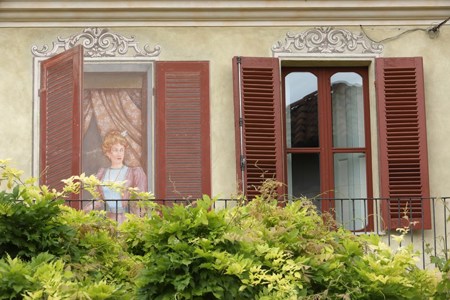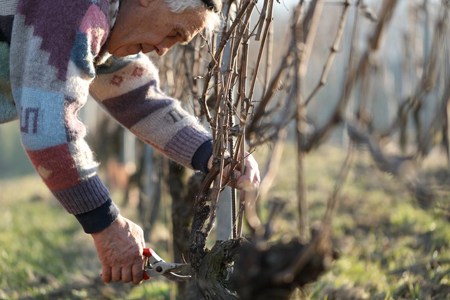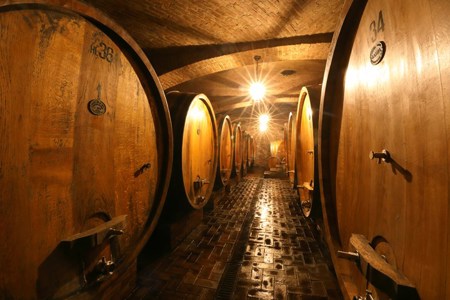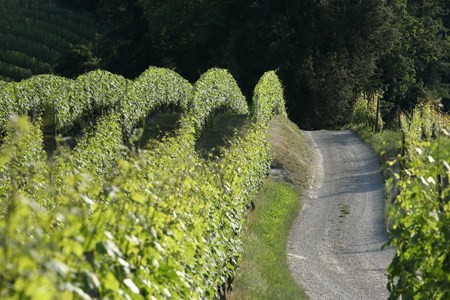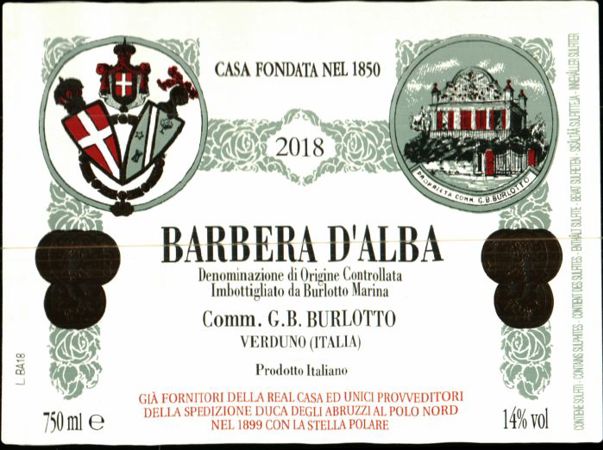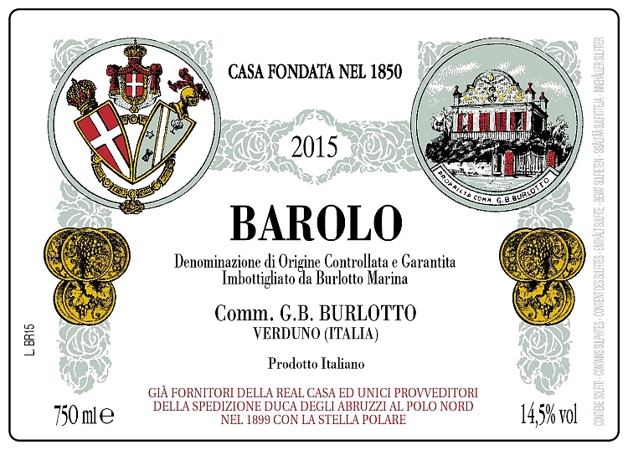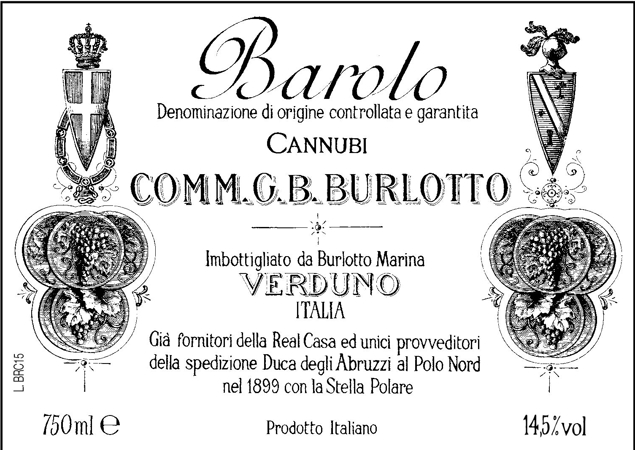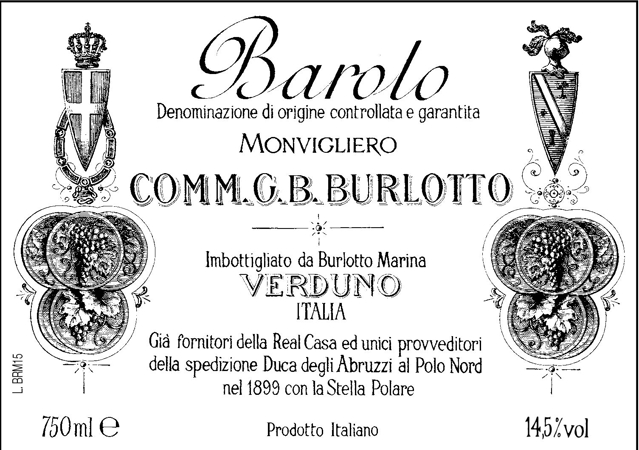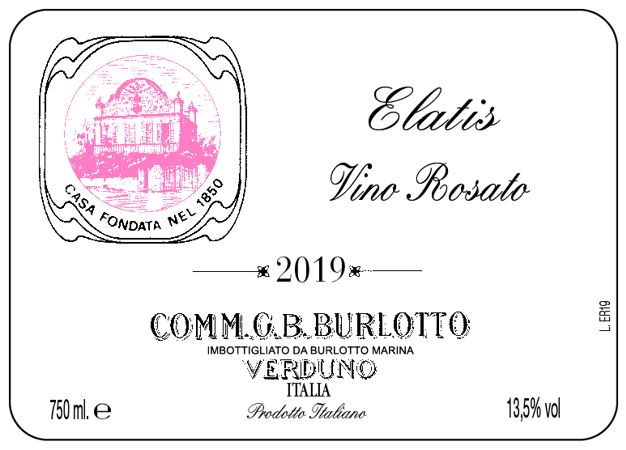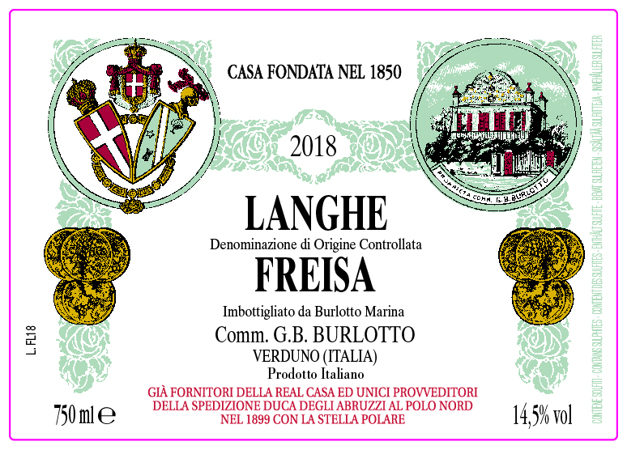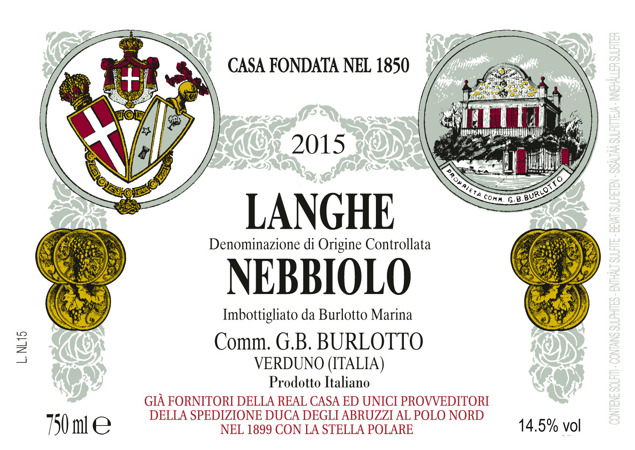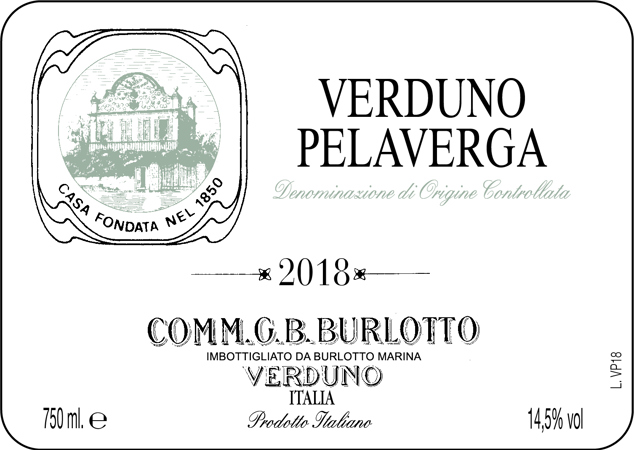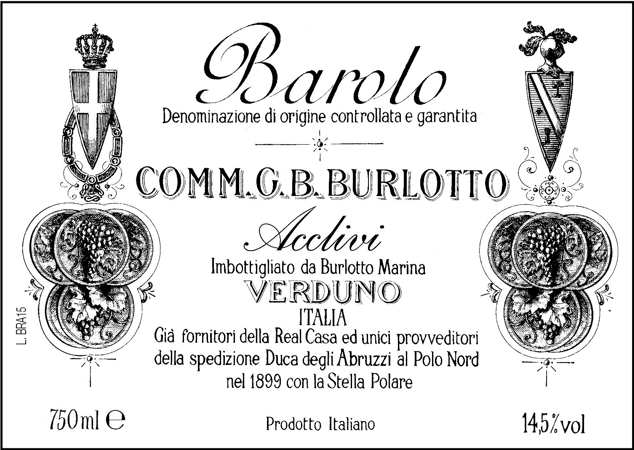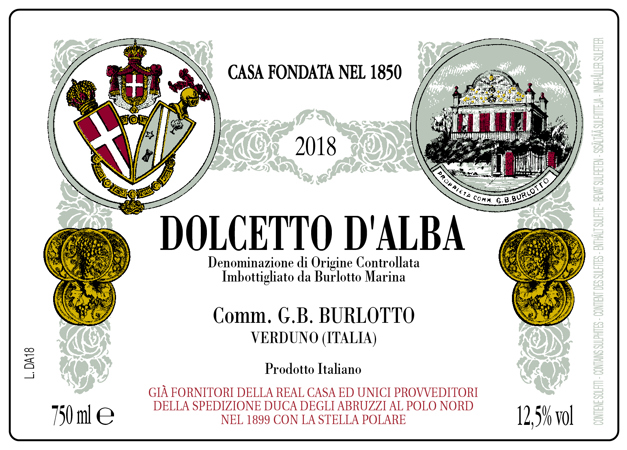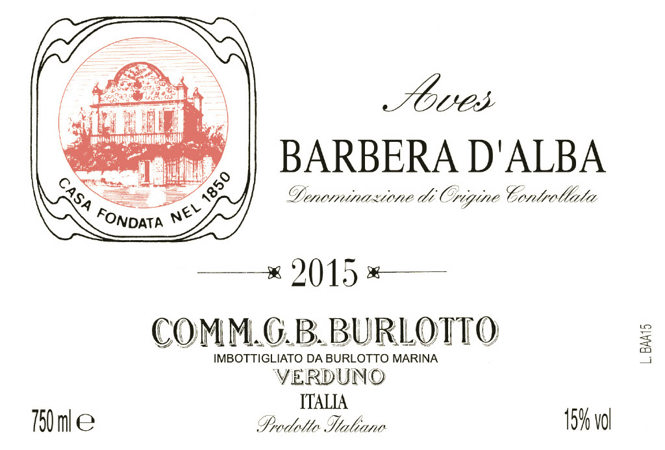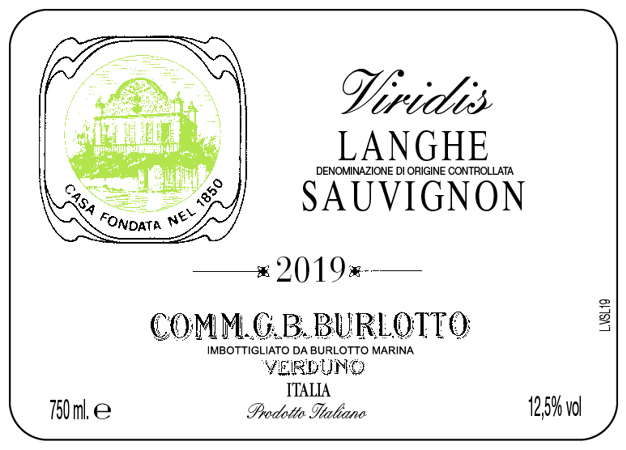Comm. G.B. Burlotto
Overview
The G.B. Burlotto estate has been renowned since the 1890s when it was formally a supplier to the House of Savoy.
Burlotto may be Verduno's greatest champion, and the Estate's Barolo Monvigliero, from Verduno's top cru, has become one of Italy's most sought-after wines.
Aside from its renowned Baroli, G.B. Burlotto deserves enourmous credit for preserving the once-endangered Pelaverga grape.

Comm. G.B. Burlotto Gallery
During his seventy-seven years as a winemaker (1850-1927), G.B. Burlotto’s accomplishments were rivaled only by those of Biondi-Santi and Vega Sicilia, as G.B. achieved superstardom in a world dominated by French wines. Today, Burlotto has re-emerged as one of Piemonte's great small producers, thanks to the brilliant and highly traditional winemaking of G.B.'s great-great-grandson, Fabio Alessandria.
He pioneered selling Barolo in bottle (not cask or demijohn), predating even Giacomo Conterno's Barolo Monfortino. And as official supplier to the Royal House of Savoy—which once ruled Piemonte—he not only achieved personal fame, he made his village of Verduno as renowned as Serralunga or La Morra.
G.B.’s death in 1927 not only took away Burlotto's driving force, it also deprived Verduno of its greatest champion. And so both faded into obscurity in the decades that followed. But now, with G.B.’s great-great-grandson Fabio Alessandria as winemaker, Burlotto’s star is again rising, reclaiming its position as one of Piedmont’s great small producers.
Giovan Battista pioneered selling Barolo in bottle (not cask or demijohn), predating even Giacomo Conterno's Barolo Monfortino. And as the official supplier to the Royal House of Savoy — which once ruled Piemonte — Battista not only achieved personal fame, but he also made his village of Verduno as renowned as Serralunga or La Morra.
G.B.'s death in 1927 not only took away Burlotto's driving force, but also deprived Verduno of its greatest champion. And so, both faded into obscurity in the decades that followed. Throughout its time in the shadows, the estate maintained its great vineyard holdings and traditional outlook.
Today, the winemaking is directed by G.B.'s great-great grandson, Fabio Alessandria. Fabio has brought a renewed energy and focus to the estate and is today crafting some of the Langhe's most singular wines. As a new generation has discovered the magic of traditional Barolo, Burlotto's star has again risen, reclaiming its position as one of Piedmont's most coveted producers.
“(Fabio Alessandria) has taken his family's wines into the stratosphere...”
- Antionio Galloni, Vinous Media
Barolo Monvigliero
As it was in G.B.’s day, the most extraordinary Burlotto wine is the magical Barolo from Verduno’s Monvigliero vineyard. But what makes Burlotto's wines from Monvigliero so special is not its high altitude, its limestone-rich soil or its 45-year old vines, but Monvigliero's hypnotic aromatic profile, which is unlike any other Barolo. Its aromas are astonishingly intense and instantly recognizable, with a perfume of Provençal black olive tapenade, cedar and truffle that is nothing short of spellbinding. And it could come from no place else on earth. It is the essence of its terroir.
Like his ancestors, Fabio approaches Monvigliero in a way that is both classical and idiosyncratic to extract the vineyard's essential greatness. At the core of this approach is a gentle crushing of whole grape clusters by foot, an incredible 60-day maceration on the skins and, of course, long aging in large wood botti. While this approach was once common in the Langhe's greatest cellars, it is an approach that is virtually unheard of today, yet its brilliance is revealed in every glass of Burlotto's coveted Monvigliero.
A Compelling Stable of Wines
While Monvigliero is arguable the jewel in Burlotto's crown, all of Fabio's wines display astonishing purity, having been born of the same winemaking philosophy.
In recent decades, there have been 4 Barolos: Monvigliero, Cannubi, Acclivi (a blend of Burlotto's Verduno crus) and a beautiful **Barolo normale **. A fifth was added when the domaine acquired just over a hectare in Castelletto for the 2018 vintage. Castelletto lies on Monforte d'Alba's eastern edge and boasts Formazione di Lequio soils like those found just across the valley in Serralunga's renowned Rionda vineyard. And while each Barolo terroir speaks with a distinctive voice, the common thread Fabio captures is a surreal texture and pristine aromatics.
Fabio produces his fantastic Langhe Nebbiolo from the same vineyards as the Barolos, but with shorter wood aging. He demonstrates his mastery of Barbera with his delicious Barbera d'Alba and the deeper, more powerful Barbera d'Alba "Aves". And his Dolcetto d'Alba and Freisa are among the best from any producer, both effusively rich and pure. He blends Nebbiolo and Barbera to produce the delicious Langhe "Mores", and crafts two distinctive Sauvignon Blancs in tiny quantities.
Finally, the two most unique Burlotto wines are the beautiful red Pelaverga — from an ancient variety grown by the family since 1800 — and the rare, explosively varietal Nebbiolo rose, Elatis. Like everything else bearing the Burlotto name, they are the essence of a noble winemaking tradition.
Background
Giovan Battista Burlotto formally established this estate in 1850, and it was one of the very first Barolo estates to bottle its own wine. Most of the estate’s wines come from vineyards in the village of Verduno, and these wines share a gracefulness and aromatic profile that is unique in the world of Barolo.
The estate remains devoted to traditional Langhe winemaking, with well-seasoned botti grandi used to age all the Barolos. Barolo fermentations use exceptionally long macerations, and the Barolo Monvigliero’s grapes are tread entirely by foot. Burlotto was a key champion of the local Pelaverga grape, and much of the credit for its modern resurgence. All harvesting is by hand, and viticulture respects the natural balance of the vineyards.
- Established: 1850
- Proprietor & Winemaker: Marina Burlotto & Fabio Alessandria
- Appellation: Barolo, Dolcetto d’Alba, Barbera d’Alba, Langhe Nebbiolo, Verduno Pelaverga, Langhe Freisa, Langhe Sauvignon
- Soils: Many variations of calcareous marls.
